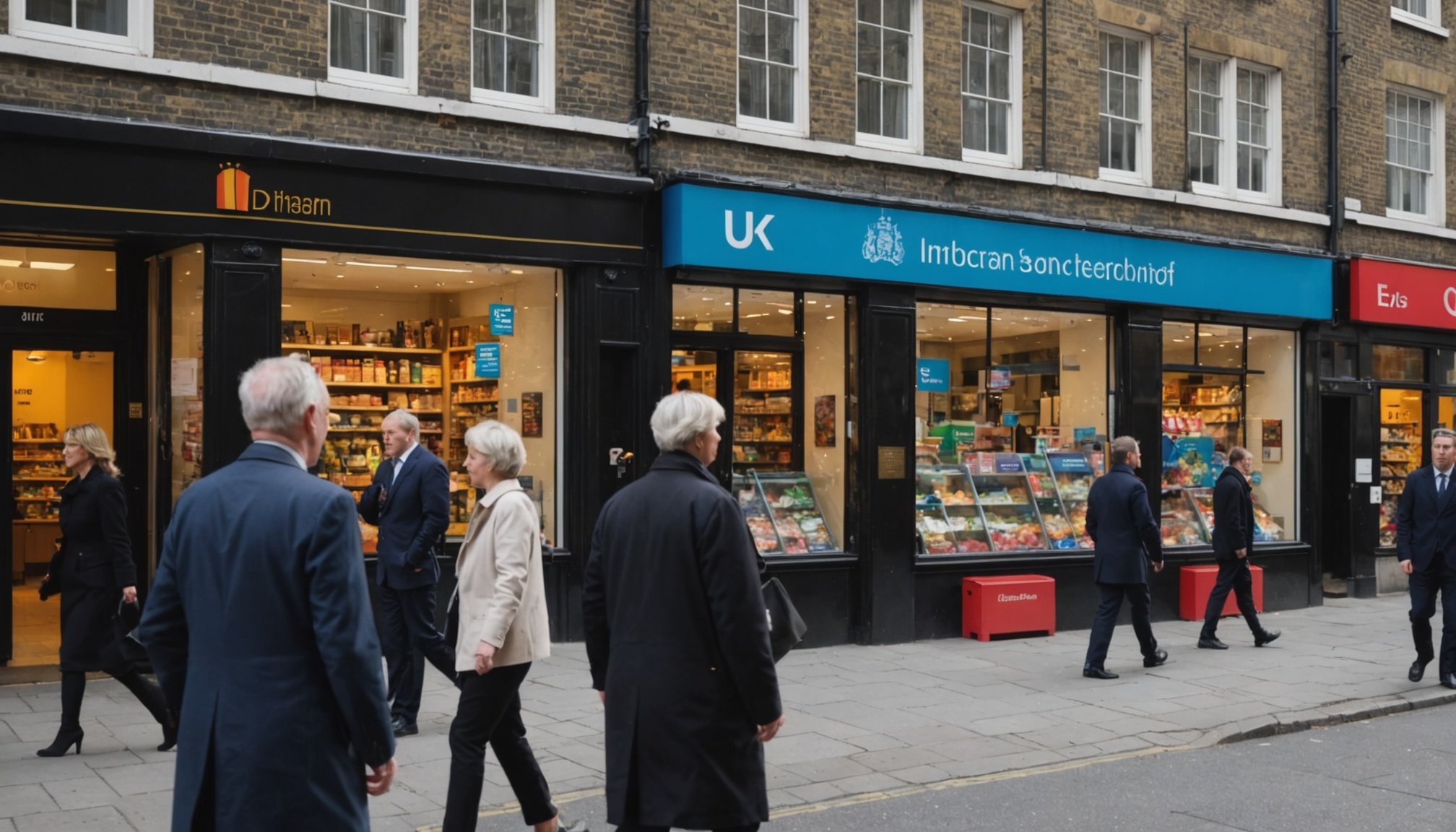Recent Government Strategies to Address Inflation
Recent UK government inflation policies focus on a blend of fiscal and monetary approaches to curb rising prices effectively. Fiscal measures introduced in 2023-2024 include targeted economic relief packages aimed at alleviating the burden on households and businesses. These interventions are designed to stabilize consumer demand and reduce inflationary pressures without stifling growth.
Concurrently, policy interventions involve close coordination between HM Treasury and the Bank of England to ensure a synchronized response. This partnership ensures that monetary tightening through interest rate adjustments complements fiscal strategies, optimizing the overall impact on inflation control.
In the same genre : How Do Recent Policy Changes Reflect the UK’s Stance on Global Issues?
Immediate interventions include subsidies and support schemes targeting vulnerable groups, helping to offset soaring living costs. The government also implemented measures restricting rapid price increases in key sectors, signaling a commitment to dampening inflation swiftly.
This multifaceted strategy reflects an understanding that no single approach suffices. By combining fiscal tools with monetary policy and real-time economic relief, current strategies strive for a balanced and effective response to the inflation challenge facing the UK.
In parallel : What Are the Hidden Challenges Facing the UK’s Media Industry?
Key Fiscal Measures and Budget Adjustments
The UK Budget response in 2023-2024 reflects crucial public spending adjustments aimed at balancing inflation control with economic growth support. Fiscal policy actions have included targeted tax reforms designed to increase government revenue without dampening consumer spending excessively. These measures were calibrated to reduce deficit pressures while maintaining adequate funding for social programs and infrastructure.
Significant reallocation of resources was announced, prioritizing sectors affected most by inflation, such as energy and food security. The government increased spending on subsidies to lessen the inflationary burden on vulnerable households. Tax credits and business incentives were also adjusted to stimulate investment and job retention amid ongoing economic uncertainty.
These fiscal policy decisions directly influence inflation rates by moderating aggregate demand and supporting supply conditions. Adjustments in public spending, alongside tax changes, aim to curb price rises while safeguarding essential services. The emphasis on a responsive budget framework underscores the government’s commitment to adaptive economic management during inflationary challenges.
Monetary Policy Actions by the Bank of England
Recent Bank of England actions have centered on adjusting interest rate policy to tame inflation without triggering a severe economic slowdown. In 2023-2024, the Bank increased base rates several times, reflecting monetary intervention designed to reduce consumer borrowing and spending. This tightening aims to slow price rises by dampening demand across sectors.
Alongside rate hikes, the Bank continued to taper its quantitative easing program, gradually reducing asset purchases. This measure withdraws liquidity from financial markets, further supporting disinflationary pressures. The Monetary Policy Committee (MPC) communicated a cautious approach, emphasizing flexibility to respond to evolving economic data.
The rationale behind these moves lies in balancing inflation control with the risk of stifling growth. By signaling gradual but persistent rate increases, the Bank encourages markets and consumers to anticipate slower inflation, helping to anchor expectations. This proactive stance represents a key element in the broader UK government inflation policies, complementing fiscal actions and relief measures to form a holistic strategy.
Support for Households and Businesses
The UK government inflation policies include comprehensive cost of living support measures targeting households facing rising expenses. These initiatives provide direct financial assistance and subsidies to vulnerable groups, helping to ease immediate pressure from escalating living costs. For example, energy price caps have been extended or adjusted to shield consumers from volatile utility bills, a key driver of inflation.
On the business relief front, the government introduced targeted schemes such as business rate relief and grants, aiming to sustain companies adversely affected by inflationary pressures. These measures help maintain operations and employment levels by reducing overhead costs during challenging economic periods.
The combined effect of these government schemes is to support both demand stabilization and supply continuity. By easing the cost burden on consumers and firms, the interventions seek to mitigate inflationary spirals and foster resilience. Coordination between fiscal support tools and monetary policy remains crucial in ensuring these interventions effectively cushion economic shocks without undermining inflation control objectives.
Ultimately, current strategies demonstrate a commitment to addressing inflation’s real-world impacts on individuals and businesses through practical, focused relief efforts.




